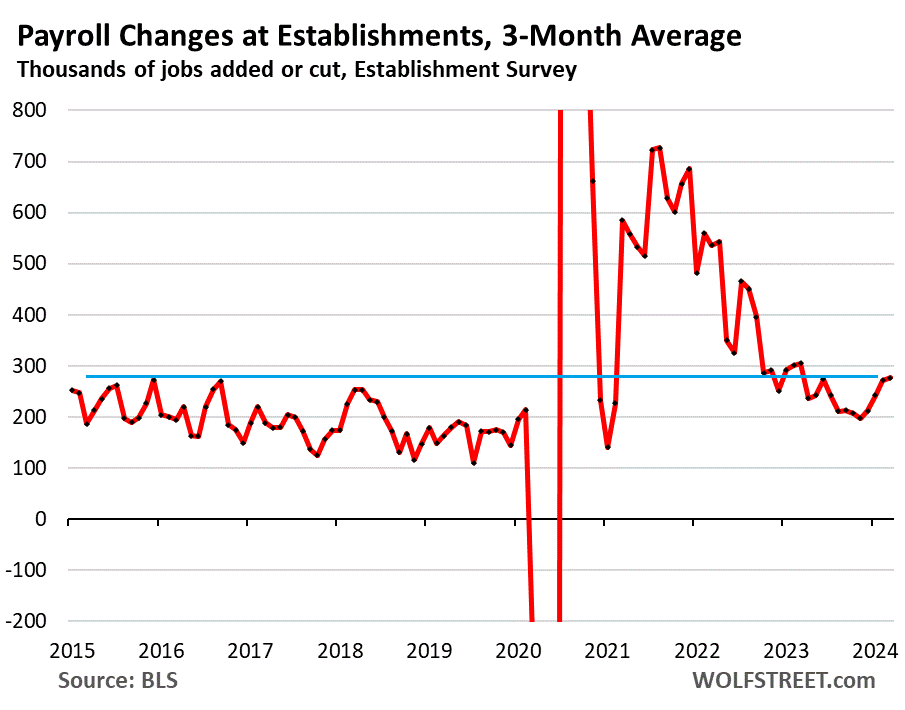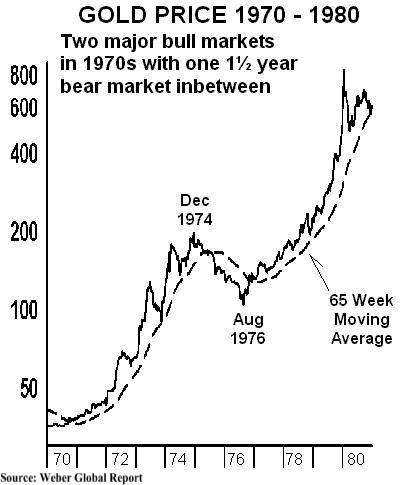The Marine Corps Inspected Every Single Barracks. It Was As Bad As They Feared
By Micaela Burrow
Editors’ Note: There is a lot of competition for Federal dollars. College students want their “loans” forgiven, we must pay the salaries of bureaucrats in Ukraine, and green industries that don’t deliver the goods need lavish subsidies. And of course, let’s not leave out the priority of transporting, housing, and feeding millions of illegal aliens. Yet somehow, there is no money to upgrade the housing of US Marines. It demonstrably makes the case that when there are competing interests, US citizens are considered last instead of first.
The Marine Corps’ service-wide inspection that ended March 15 found that many Marines are living in “uninhabitable” conditions, but the path to fixing a decades-old problem will not be easy, according to Marines who spoke to the Daily Caller News Foundation.
In February, Marine Corps acting Commandant Gen. Christopher Mahoney issued guidance for installation commanders to conduct “wall-to-wall” inspections of conditions at all housing facilities for single Marines by March 15. While a final assessment of the barracks is not yet ready, initial results of the investigation, which spanned 60,000 rooms at 25 installations across the globe, show that some Marines are living in filthy, cramped quarters, often with broken appliances and lack of privacy — “consistent” with the findings of a watchdog report released in September, the service confirmed to the DCNF.
“The inspections also took a holistic approach to inventory all barracks-related issues,” Marine Corps Installations Command spokesperson Maj. John Parry told the DCNF. “The inspection was most importantly meant to ensure Marines live in facilities that meet required health and safety policy. Immediate concerns for health and safety were addressed as part of the inspection.”
The Marine Corps will analyze results of the inspection to ensure additional funding for the service’s plan to revitalize barracks” will have the greatest impact on quality of life for Marines,” he added. (RELATED: ‘Mishap Ship’: Troubled Marine Corps Vessel Received Major Award For Battle Readiness)
Barracks managers received an in-depth checklist assessing general habitability, safety, and cleanliness of barracks and providing space for comments and recommended follow-up actions. The checklist also addressed specific features of each dorm, including the kitchen or kitchenette, bathroom, living area, bedroom, and appliances.
Commanders were given authority to relocate a Marine if the inspection revealed their dorms had severe mold, water or general safety issues, according to a memorandum Parry provided to the DCNF.
Parry declined to get into further details but said the results were “consistent with the sample of barracks taken for the Government Accountability Office report published in September of 2023,” he said.
The inspection at the barracks at Miramar Marine Corps Air Station in San Diego, California, showed dormitories that need to be fixed but the installation did not have the maintenance capacity to refurbish them all, Col. Thomas Bedell, the installation’s commander, told U.S. Naval Institute News.
Still, one Marine stationed at the barracks in Washington, D.C., told the DCNF no one should be surprised at the results.
“It’s been a problem for decades. It’s been a problem for as long as I’ve been in. I think that this current thing is somewhat of a stunt — acting like we didn’t know,” the Marine told the DCNF on condition of anonymity in order to speak freely.
“It’s silly to think that it’s just now being a problem. Now the current commandant, the sergeant major addressing it — which I don’t think is a bad thing. I think it’s a good thing. They mean it. Why did it take 20 years, 30 years?” the Marine said.
About 88,000 Marines currently live in the dorms, Maj. Gen. Maxwell, commander of Marine Corps Installations Command, wrote in a February 2024 article.
“Now we know we’re in a better spot to understand where the rest of the issues are. It’s not defendable, and [I’m] not going to, but the commandant has, in fact, invested heavily in the future of barracks,” Sergeant Major of the Marine Corps Carlos Ruiz told the House Committee on Appropriations on March 20.
The Marines conduct conditions assessments every three years using inspectors with some expertise in building systems, according to the September Government Accountability Office (GAO) report. But those inspections involve a single team surveying the entirety of the Marine Corps’ 25 installations.
The GAO investigators limited their review to housing for junior enlisted personnel only at Marine Corps Base Quantico, Virginia; Marine Corps Recruit Depot, San Diego, California and Camp Pendleton, California. They also interviewed small groups of barracks residents.
Without getting into specifics about conditions at each particular barracks, the GAO found that even locations scoring high on the Department of Defense’s (DOD) own condition ratings, demonstrated need of “significant improvement.” Installation officials described some high-scoring barracks as “uninhabitable.”
Former barracks residents described months of going without hot water; broken air conditioning units, clogged plumbing facilities, broken locks and elevators, according to the report. The GAO’s site visits validated the former residents’ testimonies.
“Although our site visit observations cannot be generalized, Navy and Marine Corps surveys conducted in 2022 of service members living in barracks identified similar concerns related to health and safety, such as issues with lighting, mold, and water quality,” investigators wrote.
Marines at one installation completed regular surveys intended to gauge satisfaction with quality of life on an anonymous basis. Results showed dissatisfaction with broken washers and dryers, and that maintenance personnel ignored requests to fix them. Barracks meant for long-term housing did not meet minimum DOD standards for units without a living room of a kitchenette, private bedroom and no more than two persons per bathroom.
Photos posted later on social media depicted squalid conditions for the barracks housing Lima Company at the Marine Corps School of Infantry-West in Camp Pendleton, California, Marine Corps Times reported in January. One photo showed dead rodents unattended on a filthy floor; another shows a massive hole in the drywall, a third of showers covered in large dark splotches.
Another purported to show a swastika graffitied on a locker, which had since been covered, Marine Corps Times reported. One Marine told the outlet that half of the 16 washing machines in one laundry room were broken.
The school conducted a walk-through of facilities after the photos began making rounds on social media and started taking steps to fix the issues, a spokesperson told Marine Corps Times. The school couldn’t provide an explanation for how the barracks deteriorated.
In many cases, service members were assigned to barracks manager positions without prior training, according to the GAO.
Marine Corps guidance requires all enlisted servicemembers ranking from private (the lowest rank) to sergeant who do not have dependents, such as spouses and children, to live in the on-base unaccompanied housing units. Most of those are built and operated by the services themselves.
Not every barracks is in disarray — the Marine stationed in Washington, D.C. said they had seen efforts to consolidate and place Marines in better quarters at a previous station.
“There were certainly buildings that were like, ‘oh that’s so-and-so barracks, that’s a shithole.’ Everyone kind of knew where the bad bunks were,” the person said.
As of March 2023 — one year ago — about 17,000 Marines lived in substandard barracks, the GAO found, noting that number was likely an underestimation. (p. 41)
The commandant paid a personal visit to Barracks in Camp Lejeune, North Carolina, days after the report was made public.
“Marines, SgtMaj Ruiz and I understand the barracks issues. We hear you,” Gen. Eric Smith said in an October Instagram post after showing the secretary of the Navy and two members of congress “the good, bad, and ugly” of Camp Lejeune.
“We have your back, Marines,” the commandant added.
The Marine Corps plans to overhaul its barracks by 2030, according to a recently-released strategy.
One primary line of effort is to replace Marines managing barracks — non-commissioned officers who hold the position for one year and have no prior training — with civilian professionals, Parry explained. Other elements of the plan include demolishing older barracks, renovating others and reducing the footprint of housing facilities to reduce the number of empty rooms — barracks occupancy averages only between 55% and 63%, according to Marine Corps Times.
The service spends an average of $300 million on barracks annually, but estimates a need closer to $1.5 billion a year to fully restore housing, Marine Corps Times reported, citing an internal memo. A backlog of deferred maintenance requests has ballooned to $15.8 billion, Navy budget documents show, according to the outlet.
Smith, in his October video to the Marine Corps, said it would take a decade to fix the barracks.
The service sent Congress a wishlist totaling $230 million for modernizing and repairing barracks in March, on top of the $274 million included in the Biden administration’s budget request to Congress for fiscal year 2025, Marine Corps Times reported. The formally requested funds would go toward updating 13 barracks that house 3,517 Marines, Ruiz said.
Findings from the inspection will not be translated into action until the Marine Corps receives money for its fiscal year 2026 budget, according to Parry.
“The wall-to-wall inspection, especially the analysis, and the assessment will either validate or invalidate the data used to come up with our concept here, and it’ll let us know whether or not we’re on the right path,” Parry said.
*****
This article was published by Daily Caller News Foundation and is reproduced with permission.
Image Credit: Wikimedia Commons
TAKE ACTION
The Prickly Pear’s TAKE ACTION focus this year is to help achieve a winning 2024 national and state November 5th election with the removal of the Biden/Obama leftist executive branch disaster, win one U.S. Senate seat, maintain and win strong majorities in all Arizona state offices on the ballot and to insure that unrestricted abortion is not constitutionally embedded in our laws and culture.
Please click the TAKE ACTION link to learn to do’s and don’ts for voting in 2024. Our state and national elections are at great risk from the very aggressive and radical leftist Democrat operatives with documented rigging, mail-in voter fraud and illegals voting across the country (yes, with illegals voting across the country) in the last several election cycles.
Read Part 1 and Part 2 of The Prickly Pear essays entitled How NOT to Vote in the November 5, 2024 Election in Arizona to be well informed of the above issues and to vote in a way to ensure the most likely chance your vote will be counted and counted as you intend.
Please click the following link to learn more.




